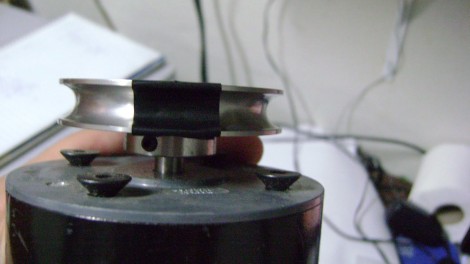
We saw this one a few days ago when it was first bouncing around the interwebs but never took a close look at it. Today, when we ran across a direct link in the tips box it was the promo video (embedded after the break) that won us over. Once you dig into the particulars of The Verbalizer we think you’ll agree that this is a hackable conference badge without the pesky need to attend a conference.
As you probably guessed from the design of the PCB, this is a microphone. It’s intended for use with Google’s new voice search feature, and connects to a computer via a Bluetooth module. But really it’s just another roll-your-own Arduino with a few extra bits. You’ll find an ATmega328 and an FTDI chip which provides a USB connection for programming. The real fun starts with the microphone and speaker circuitry which is just waiting to be breadboarded at home. We found a few other things while poking around in the schematic (available by downloading their Product Docs and Schematics package). It looks like there’s some capacitive touch… you what? Isn’t it more fun if you find this stuff yourself, kind of like the hidden gems of the DEFCON badges?
















